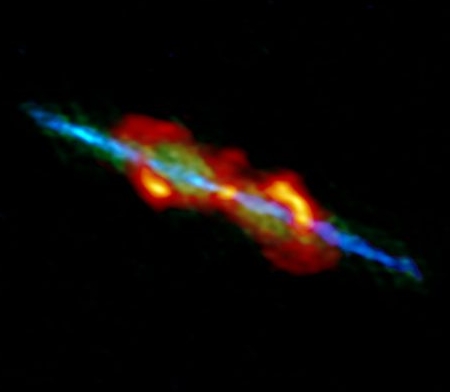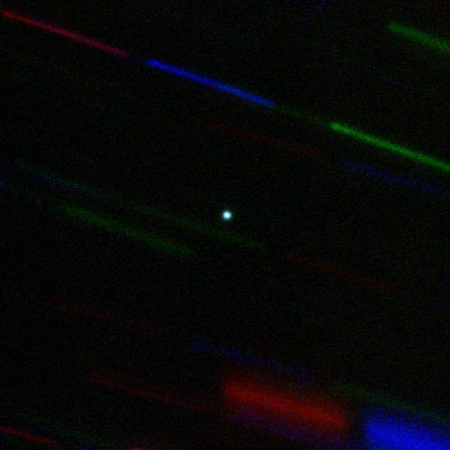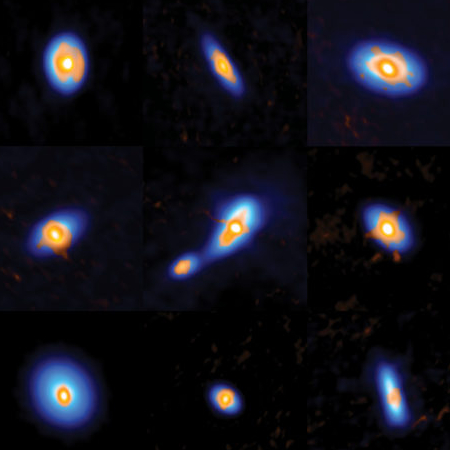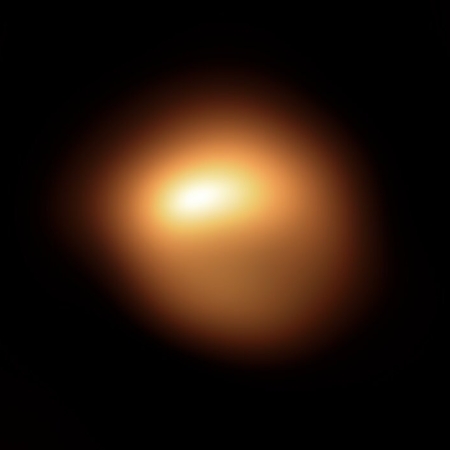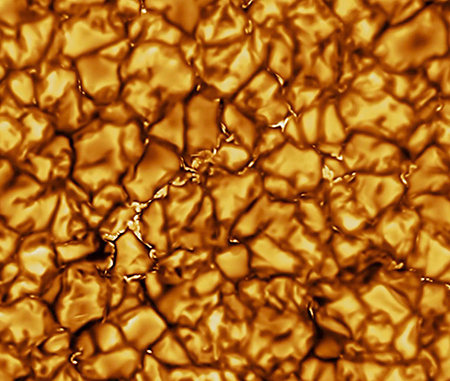Big sections break off of interstellar Comet 2I/Borisov
The uncertainty of science: New observations of the interstellar Comet 2I/Borisov as it exits our solar system indicate that large fragments have recently broken from it, and that the comet might possibly be on the verge of breaking up.
Astronomers have seen evidence of two fragments, but the data suggests these are relatively small compared to the entire comet. On the other hand,
Before perihelion, Jewitt’s analysis of Hubble images showed that Comet Borisov is much smaller than had been thought. The comet’s nucleus is not directly visible, but in the January 10th Astrophysical Journal Letters, Jewitt put its diameter between 0.4 and 1 kilometer. That’s small enough that solar vaporization of surface ices on the side facing the Sun could spin up its rotation beyond gravity’s ability to hold it together.
However, the comet’s size is tricky to estimate, as its surface appears to be emitting so much gas and dust that it obscures the nucleus. The fragment that Jewitt observed is about as bright as the comet itself, but because its surface is so icy and active, he thinks the fragment’s mass is less than 1% of the whole comet. That would make the split more like a side mirror dropping off a car than a car falling apart. Why the fragment split from the comet is unclear, but possibilities include thermal vaporization after new material was exposed, as well as the force from the comet’s spin if it’s spinning as fast as Jewitt suggests.
Whether the comet is about to break up remains unknown. Wouldn’t it be nice if someone was racing to put a mission together to visit it?
The uncertainty of science: New observations of the interstellar Comet 2I/Borisov as it exits our solar system indicate that large fragments have recently broken from it, and that the comet might possibly be on the verge of breaking up.
Astronomers have seen evidence of two fragments, but the data suggests these are relatively small compared to the entire comet. On the other hand,
Before perihelion, Jewitt’s analysis of Hubble images showed that Comet Borisov is much smaller than had been thought. The comet’s nucleus is not directly visible, but in the January 10th Astrophysical Journal Letters, Jewitt put its diameter between 0.4 and 1 kilometer. That’s small enough that solar vaporization of surface ices on the side facing the Sun could spin up its rotation beyond gravity’s ability to hold it together.
However, the comet’s size is tricky to estimate, as its surface appears to be emitting so much gas and dust that it obscures the nucleus. The fragment that Jewitt observed is about as bright as the comet itself, but because its surface is so icy and active, he thinks the fragment’s mass is less than 1% of the whole comet. That would make the split more like a side mirror dropping off a car than a car falling apart. Why the fragment split from the comet is unclear, but possibilities include thermal vaporization after new material was exposed, as well as the force from the comet’s spin if it’s spinning as fast as Jewitt suggests.
Whether the comet is about to break up remains unknown. Wouldn’t it be nice if someone was racing to put a mission together to visit it?

